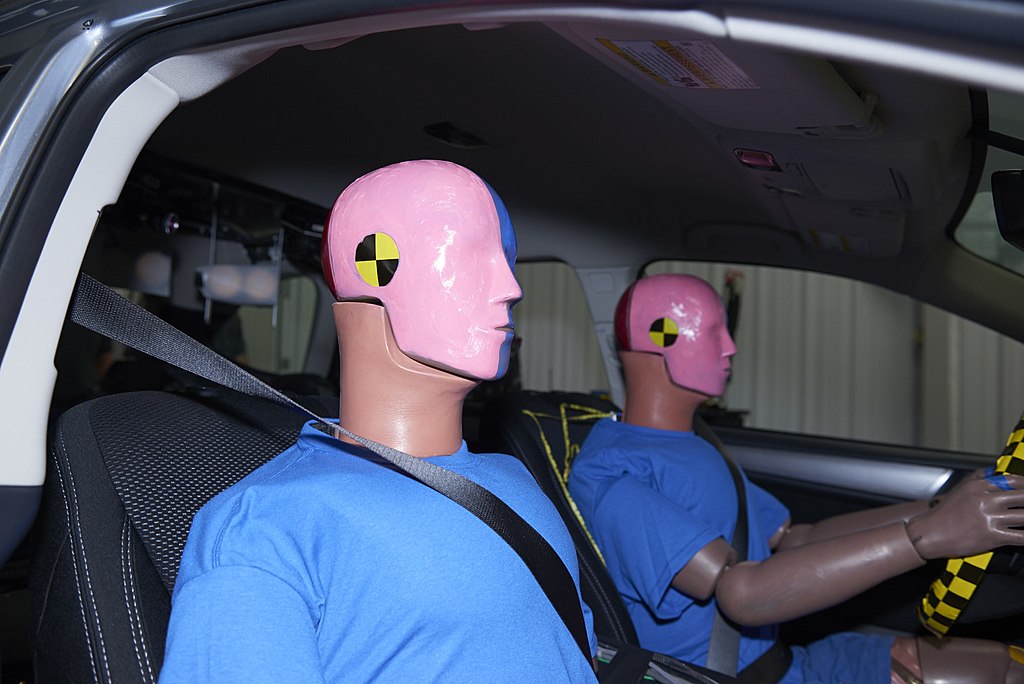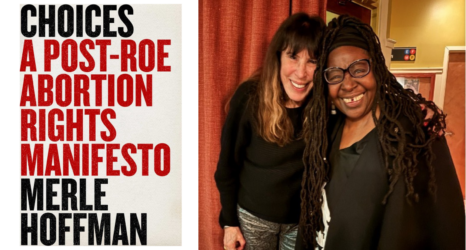
Some people say we were in an accident. I’m not so sure.
On Dec. 26, 2019, my family and I drove down a winding country road. Windshield wipers beat like a metronome, rhythmically breaking the constant wash of falling rain. Suddenly, headlights shined through the mist ahead. An oncoming driver had rounded the corner into our lane and his tires skidded across the wet asphalt. He crashed into us head on.
Of course, he did not mean to. The driver did not intend for my mom’s sternum and tailbone to break, for my small intestine to burst or for me to require emergency surgery. He did not plan for us to wince at passing cars long into the future—a consequence of our mental and emotional scars that cannot be seen.
Nevertheless, I don’t call it an “accident” because the injuries my mother and I suffered from that car crash were almost entirely predictable. Millions of women have similar stories. Despite causing less crashes, in similar collisions, women are 73 percent more likely to be severely injured and 17 percent more likely to be killed than men. We have a much higher risk of suffering severe abdominal, neck, chest and leg injuries.
My burst intestine, leaking acid, air and blood into my abdomen, were not unique. My mom’s broken bones, and the fortunate lack of injuries suffered by any male passengers, weren’t either. Instead, these consequences are the likely result of safety testing standards that are biased against women and have been in place for decades. The federal government knows this to be true because it is their data that researchers have repeatedly used to prove it.
Men’s bodies and women’s bodies behave differently in collisions due to differences in size, muscle structure and bone density. But the National Highway Traffic Safety Administration (NHTSA), which issues five-star safety ratings, does not crash test cars with dummies that accurately represent women. The tests strictly prioritize men’s safety and offer only hope that women may stand a chance. Too often, we don’t.
The seatbelt was designed to stop a man’s forward momentum by catching his rigid hip bones. For me, it didn’t. It slid above my hips, pinned my intestine against my spine and ruptured it.
NHTSA wrongly claims to use a female crash test dummy in some tests, but what they refer to as “female” is a shrunken-down male dummy, lacking any resemblance to the female body. Ignored are any of the measurable differences that exist between how men’s and women’s bodies absorb force. Even still, NHTSA’s so-called female dummy is rarely tested in the driver’s seat.
Due to the bias in these tests, for decades, car manufacturers have been incentivized to make their vehicles safe—for men. The seatbelt, for example, was designed to stop a man’s forward momentum by catching his rigid hip bones. For me, it didn’t. It slid above my hips, pinned my intestine against my spine and ruptured it.
The Department of Transportation (DOT) has an opportunity to enact simple solutions to remedy these violent disparities. Next generation crash test dummies that accurately represent women are available today, and other countries are already planning to require them in crash tests. We should do the same and test them in every seated position where male dummies are tested.
An “accident” is defined as an occurrence both unexpected and unintentional. The unequal outcomes of car crashes involving women are neither. It is no accident women are more likely to be injured and killed on U.S. roads. We can put an end to that somber and alarming reality through policy change.
We need crash tests updates that demonstrate women’s safety is equally as important as men’s. For my family and millions of others, that could have made all the difference. Regardless of how you characterize what happened to my mom and me on that rainy winter day, I know we got lucky; we lived. Far too many women do not.
U.S. democracy is at a dangerous inflection point—from the demise of abortion rights, to a lack of pay equity and parental leave, to skyrocketing maternal mortality, and attacks on trans health. Left unchecked, these crises will lead to wider gaps in political participation and representation. For 50 years, Ms. has been forging feminist journalism—reporting, rebelling and truth-telling from the front-lines, championing the Equal Rights Amendment, and centering the stories of those most impacted. With all that’s at stake for equality, we are redoubling our commitment for the next 50 years. In turn, we need your help, Support Ms. today with a donation—any amount that is meaningful to you. For as little as $5 each month, you’ll receive the print magazine along with our e-newsletters, action alerts, and invitations to Ms. Studios events and podcasts. We are grateful for your loyalty and ferocity.
Up next:





